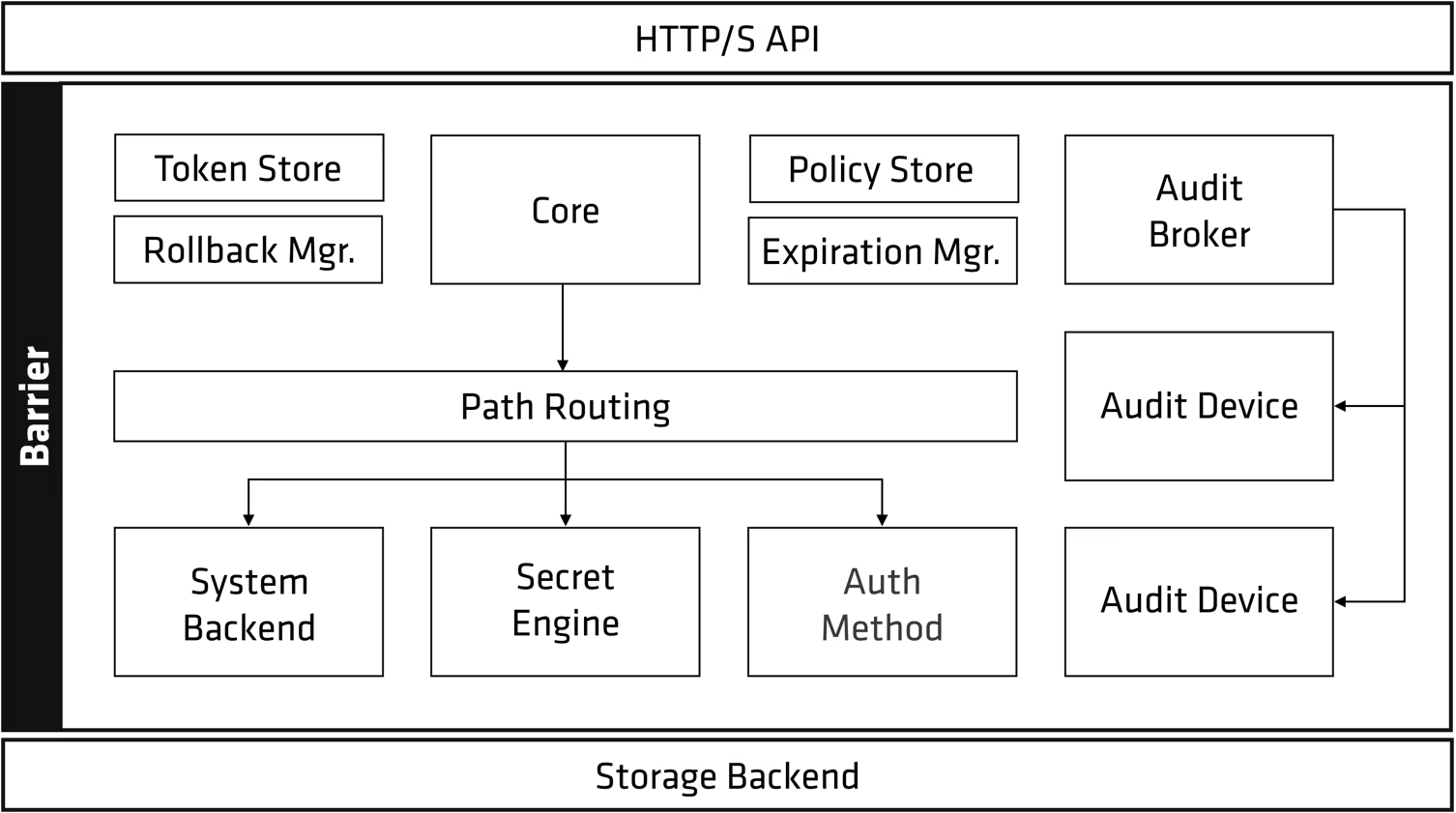You have a variety of choices when looking for an infrastructure-as-code (IaC) tool, including Terraform and Ansible. Both of these IaC technologies create infrastructure in the cloud, but they differ significantly from one another in key ways that make one more suited to particular environments and use cases than the other. When it comes to cloud infrastructure setup, Ansible is used, while Terraform is more of a provisioning tool.
What Does Ansible Do?
Ansible is used to configure infrastructure. It allows you to update configurations after infrastructure has been deployed to support new software or enhanced features. Ansible automation scripts are created by DevOps Engineers and used to modify configurations for various cloud resources.
How Does Ansible Work?
Ansible is preferable to Terraform when you intend to automatically configure infrastructure in the cloud. To automate configuration deployments in the cloud, DevOps Engineers write YAML files. Whereas Terraform also deploys configurations, Ansible lets you update and change current infrastructure configurations.
Ansible works with “playbooks,” which are procedural scripts that let DevOps Engineers define what they want to execute on infrastructure. DevOps Engineers can easily and continuously modify infrastructure while application developers roll out new software thanks to Ansible.
What Does Terraform Do?
With Terraform, DevOps teams may create configuration scripts for cloud infrastructure (such as virtual machines) rather than manually configuring it. Terraform automates resource deployment across all cloud infrastructure providers using text-based files developed in the HashiCorp Control Language.
How Does Terraform Work?
Terraform uses a configuration as the reference for the desired state of infrastructure resources and
ensures that the provisioned resources match what is specified in the configuration. The use of its configurations ensures that infrastructure is deployed in a consistent manner. The resources required to run the cloud environment, including firewalls, database servers, and virtual machines (VMs), can all be deployed using Terraform.
Ansible Vs Terraform: 3 Similarities
Ansible and Terraform share certain similarities even if they are used for different scenarios. They both have orchestration capabilities that let DevOps Engineers deploy infrastructure to the cloud. While infrastructure is deployed, they both configure it at the same time to make it functional for DevOps teams.
They both work on virtual machines without installing agents on the remote infrastructure, and both work
with SSH connections. Neither of them require expensive third-party infrastructure to manage their state,
meaning that Ansible and Terraform are considered masterless systems.
Ansible Vs Terraform: 3 Differences
If you use both Ansible and Terraform in your environment, you should realize that they have differences which define their usage in DevOps. Ansible is for configurations, while Terraform is for provisioning mutable infrastructure. It uses the HLC syntax, while Ansible uses the common YAML syntax.
The big difference is that Terraform is declarative, which means that code can be dispersed across multiple files, and code isn’t executed in sequence. The Ansible YAML syntax is procedural, which means that every line of code is executed sequentially. Ansible playbooks are a series of executable tasks used to define configurations, which usually needs to be done in order for it to be successful.
Terraform allows for mutable functionality, which means that infrastructure can be changed to run newer
applications or hardware. Ansible is immutable, which means that new infrastructure must be deployed if
you change configurations.
When and where to Use Ansible?
After provisioning hardware, Ansible is a good choice for continual configuration of resources. Ansible is
specific for configurations, so it’s best for automating cloud resources to work with specific applications. It
can also be used to help other departments as they need to make configuration changes to infrastructure.
For example, let’s say that you provision a virtual machine but need to add it to a load balancer. The
configurations could be automated using Ansible.
When and where to Use Terraform?
If you have a DevOps team that needs to rapidly deploy infrastructure along with applications, Terraform will give developers easy access to API endpoints for fast deployments. Developers can connect to a terminal where they can write and test code before they put it into production.
It is mainly used for simple provisioning without many configurations. It has some configuration
functionality during deployment, but it’s not a good choice if you need to automate configurations on your public cloud hardware. For example, provisioning a virtual machine for use with software could be a good use for Terraform.
Can you run Ansible from Terraform?
Although Ansible and Terraform are different platforms, you can invoke Ansible from Terraform. This would be done after you provision infrastructure from Terraform and then configure it using Ansible. You first need to create an Ansible playbook and then call Ansible from your Terraform HCL script.
Can Ansible replace Terraform?
Ansible can be used to deploy some infrastructure, but it can’t completely replace Terraform. It deploys
infrastructure, and then Ansible will execute after infrastructure deployment to configure it. They work well bundled together in a DevOps environment.



